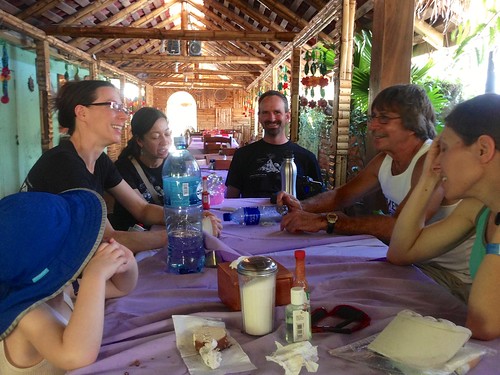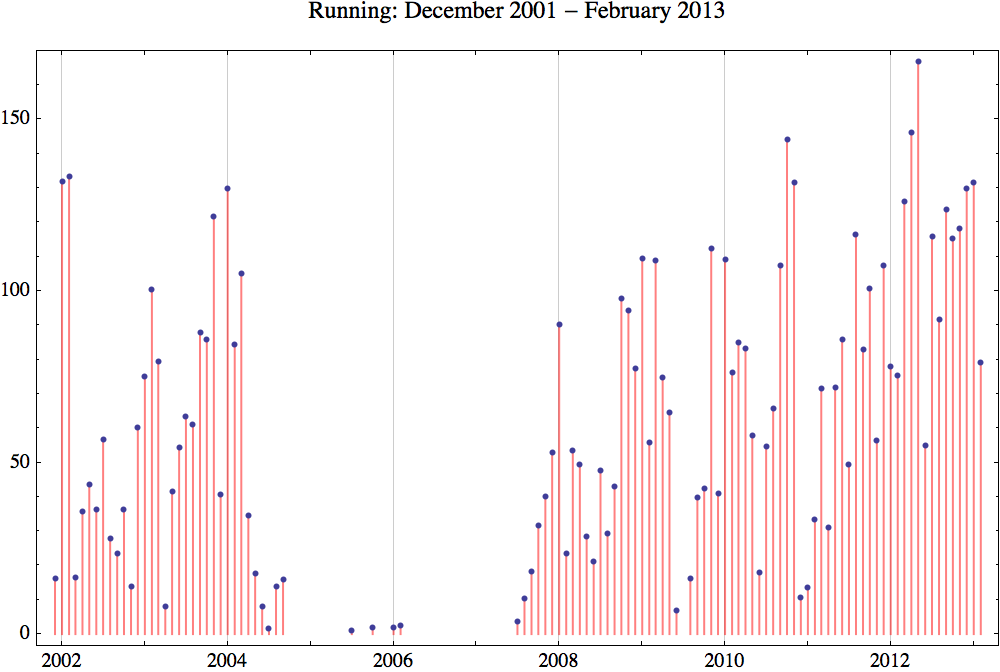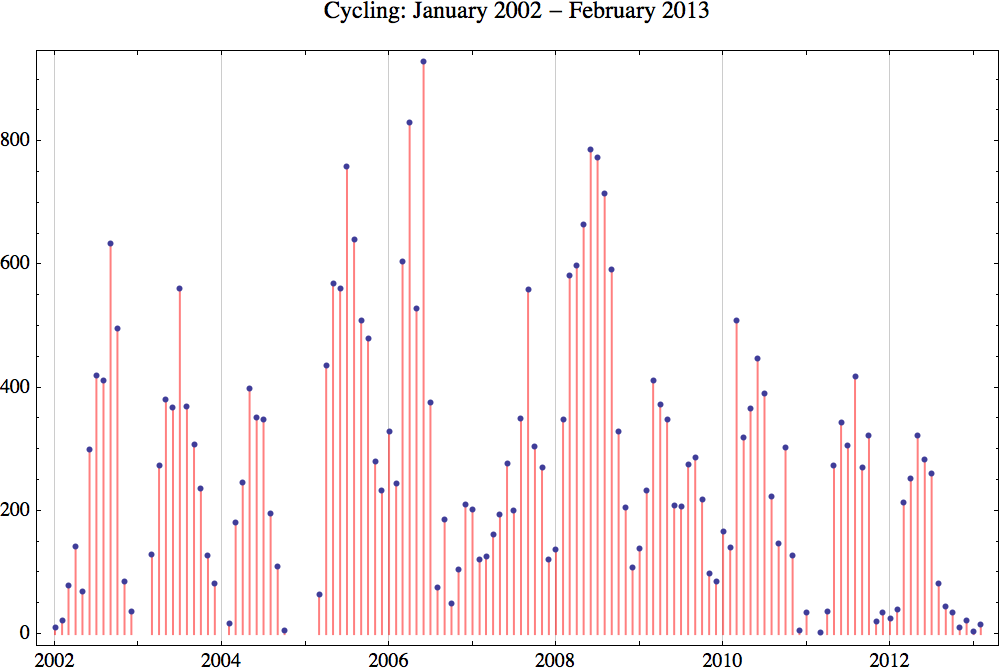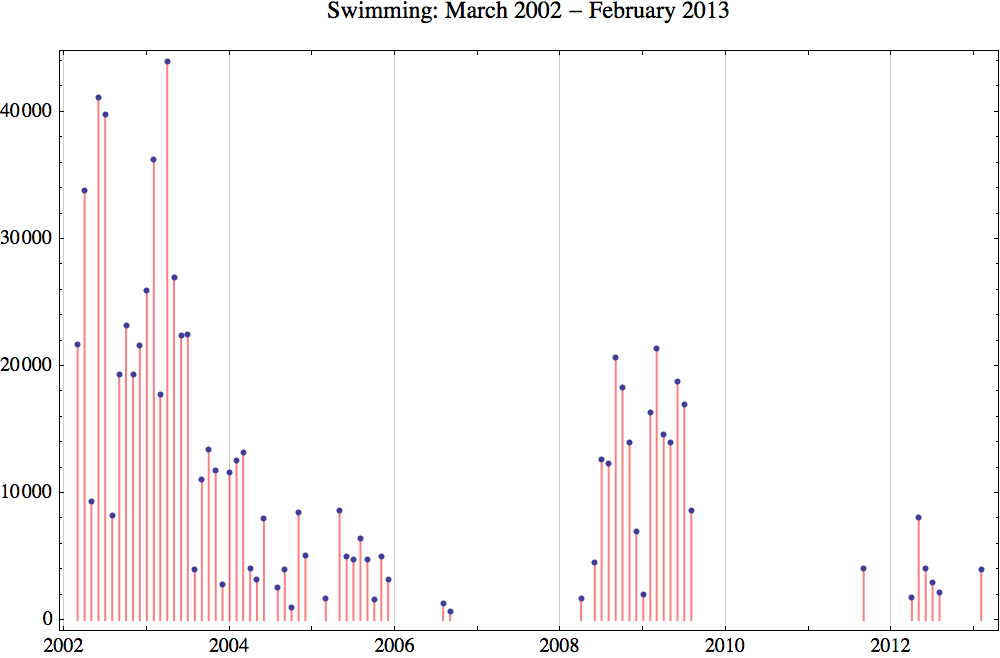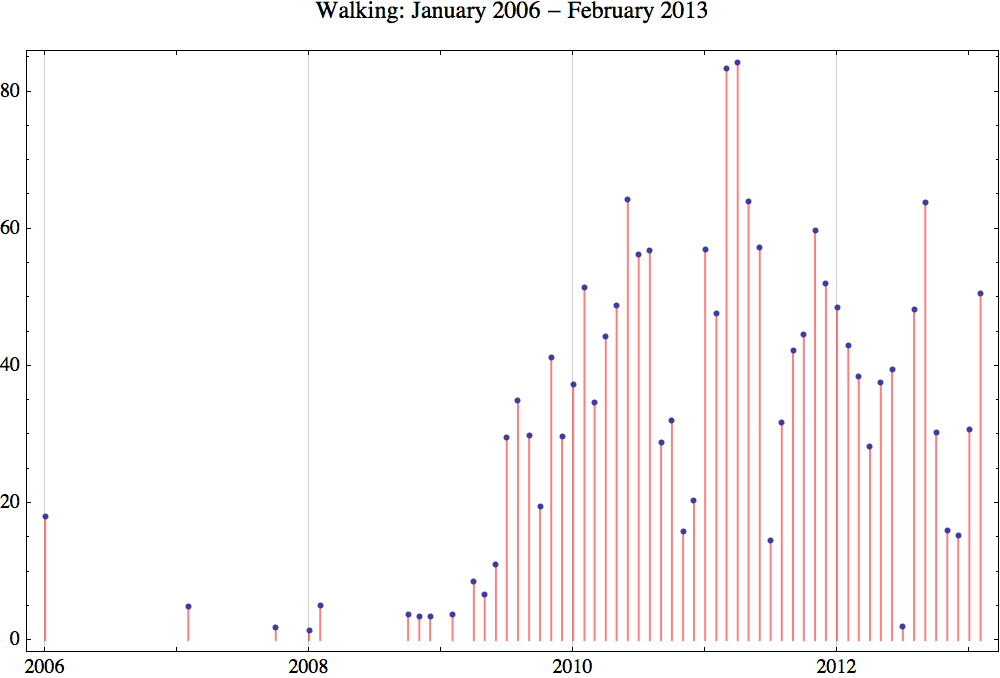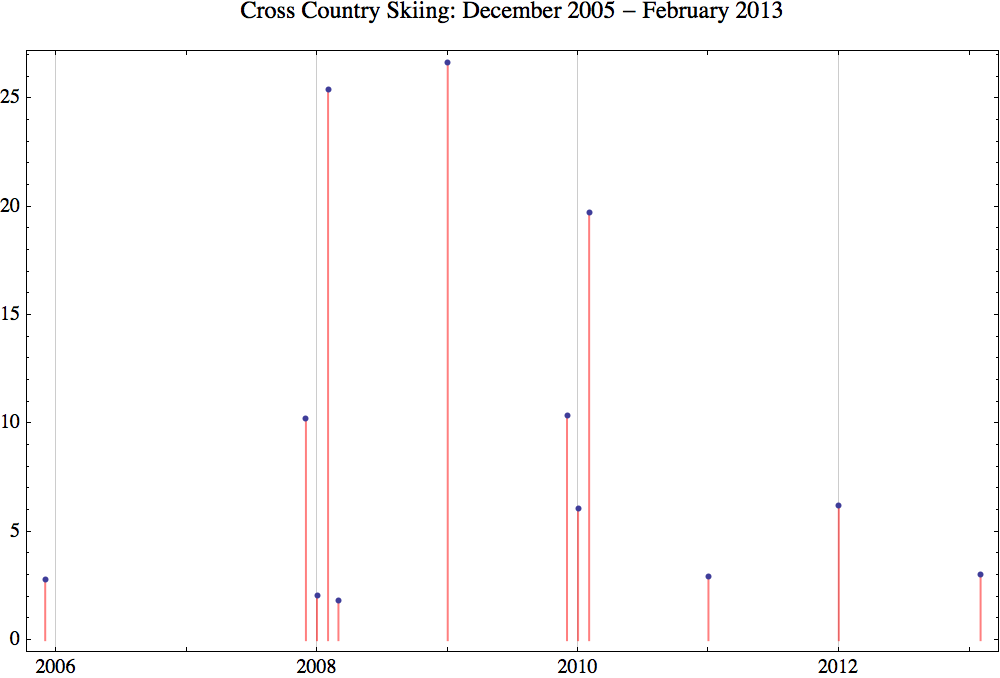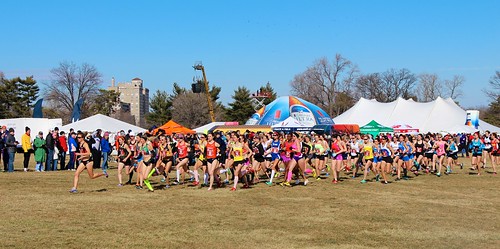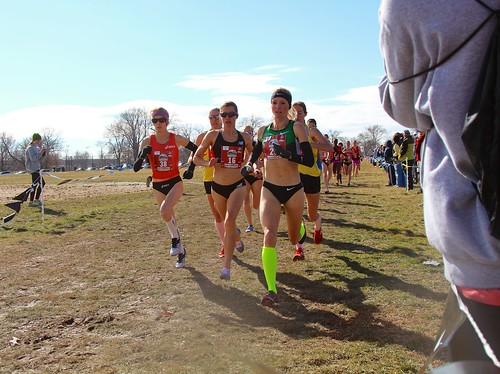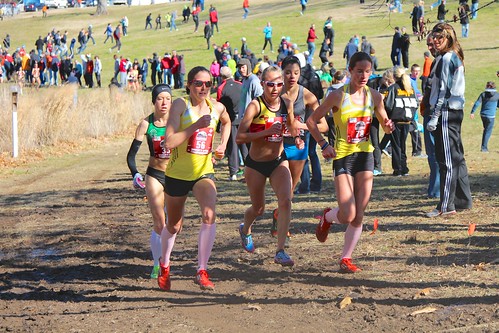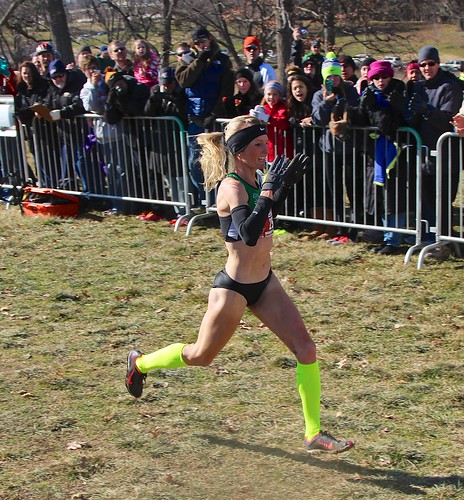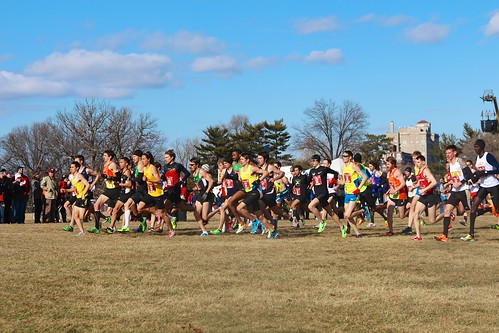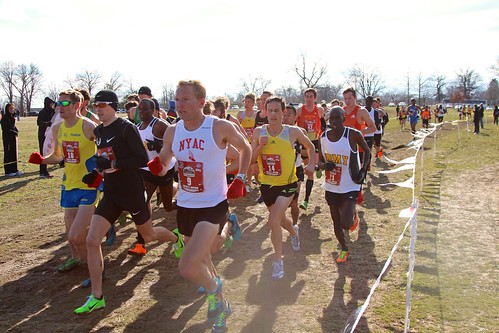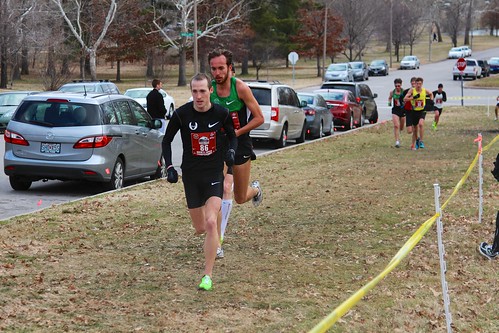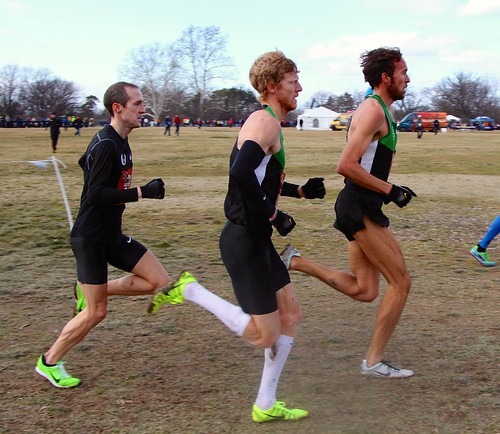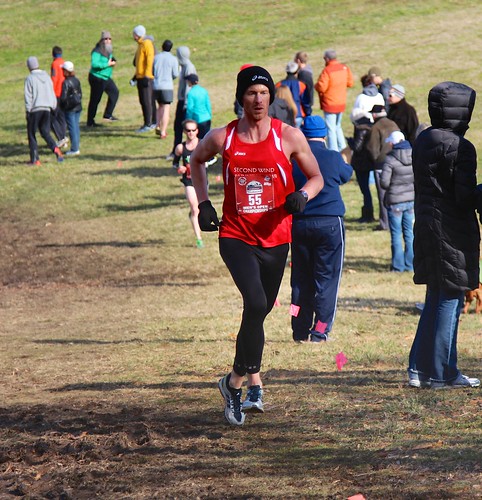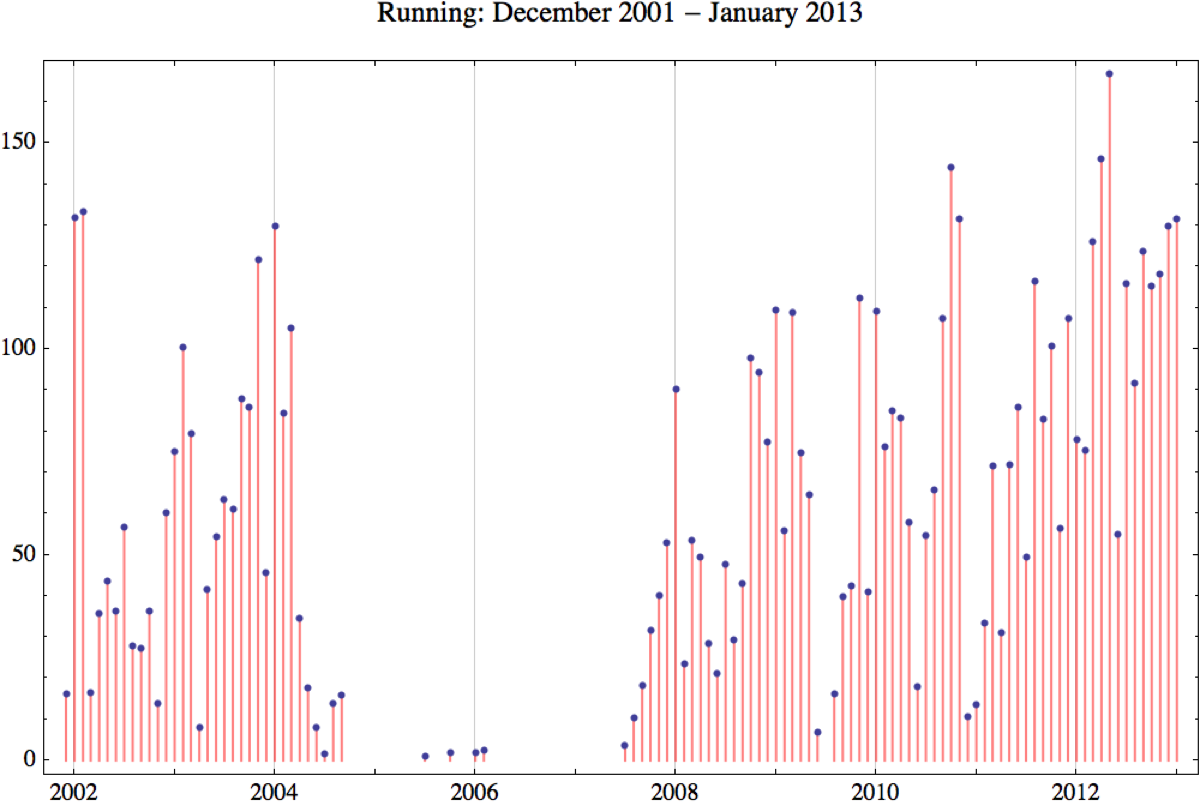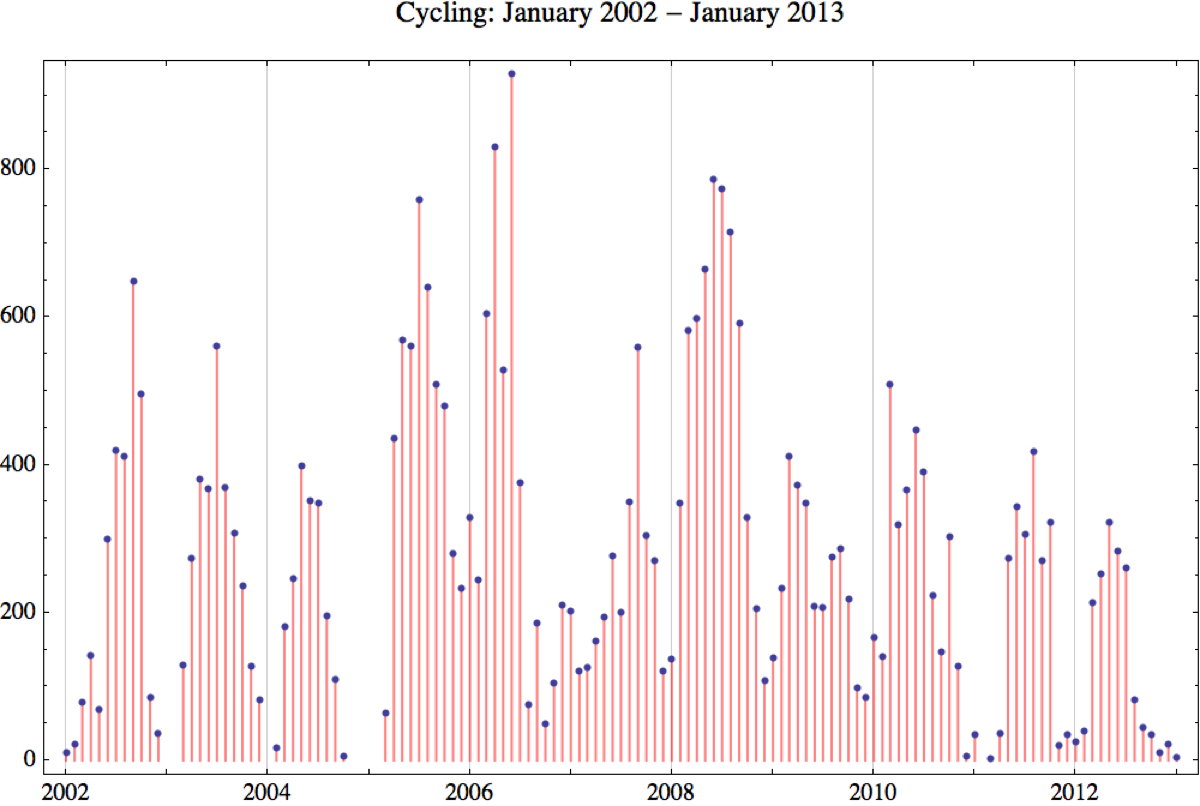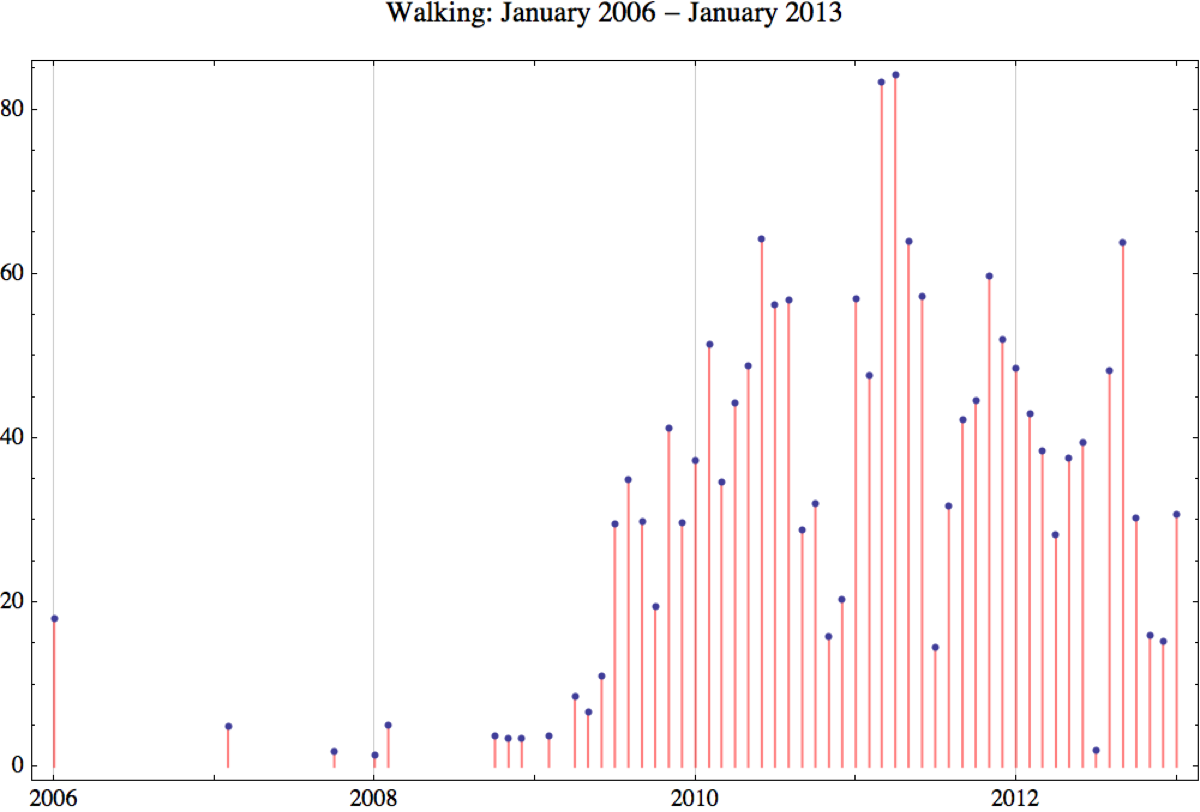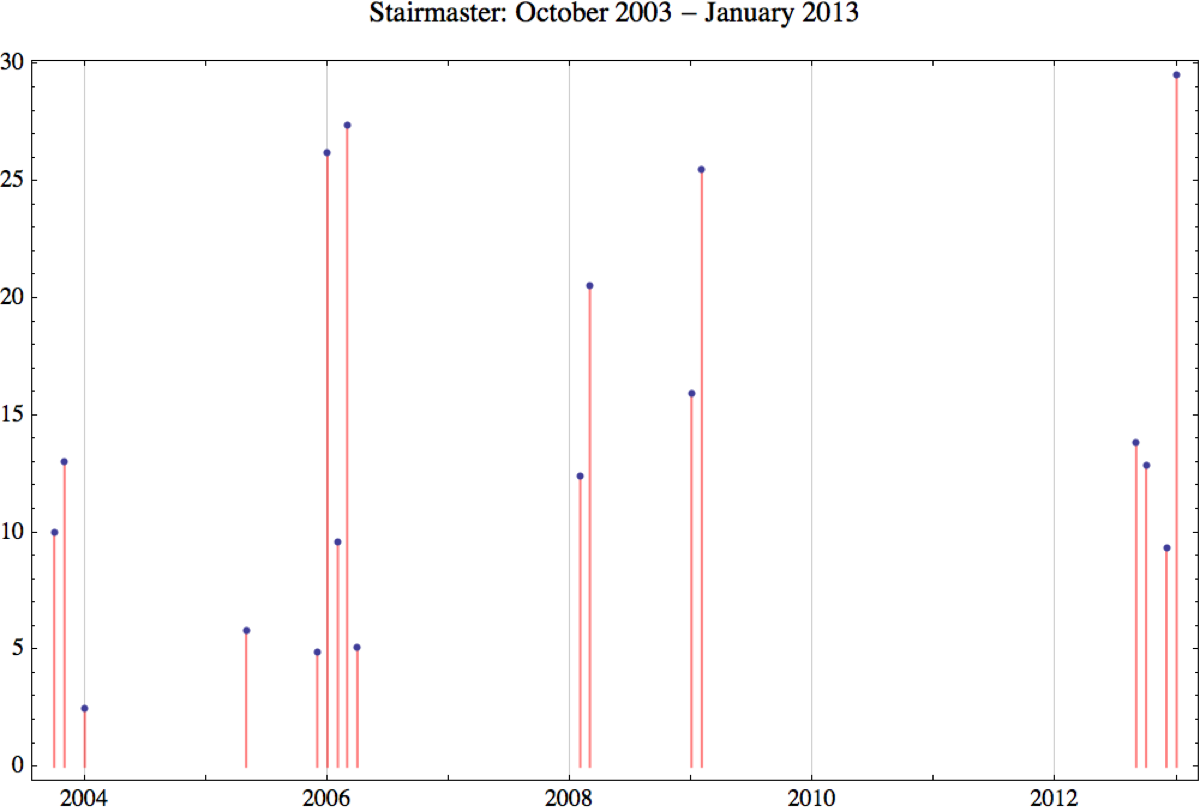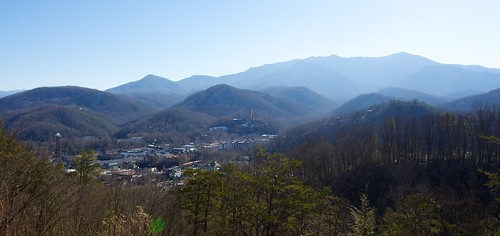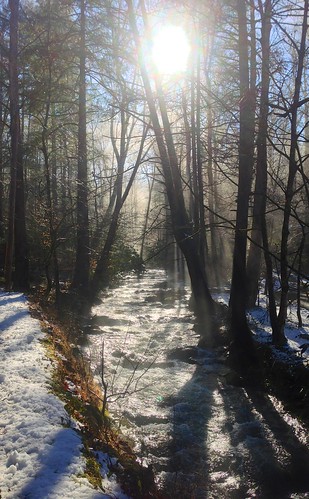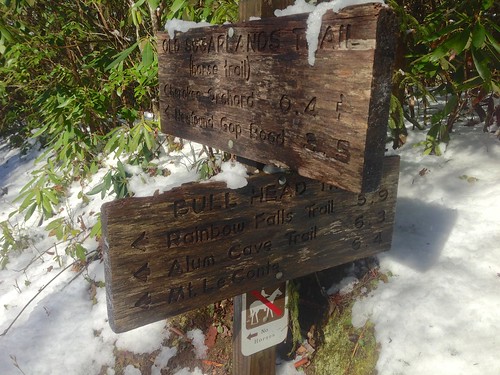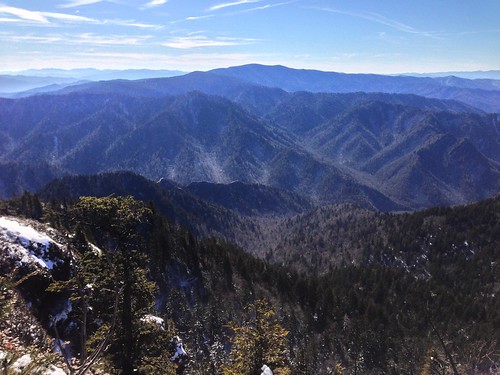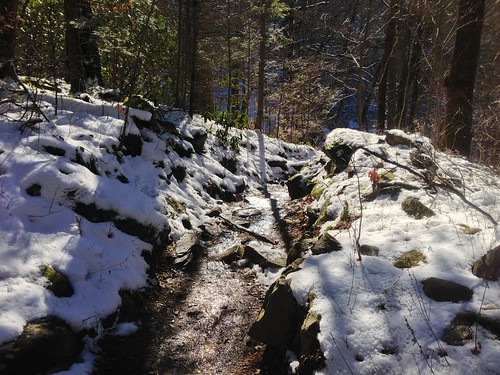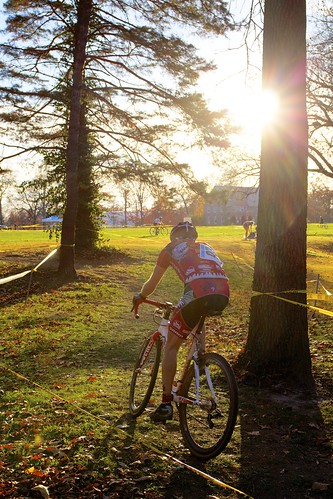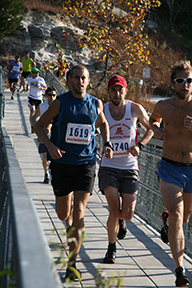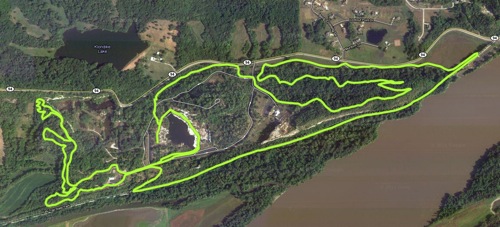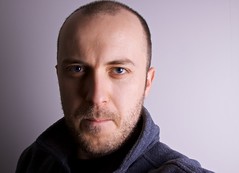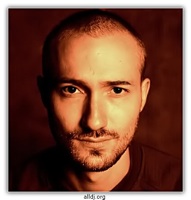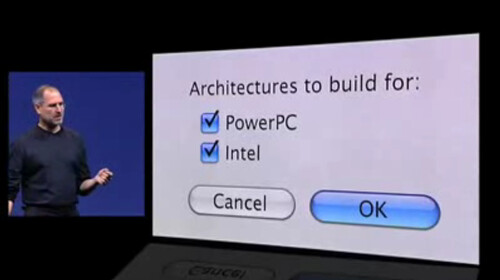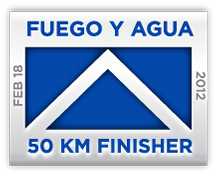
The 2012 Fuego y Agua 50K was my first ultra marathon race. I had done a handful of ultra distance fun runs, but none with an entry fee and a race bib. I enjoyed the experience, but my race left a bit to be desired. Needless to say I learned a lot.
That was just the start of a breakthrough year for me. Throughout the year I raced 26 times, with 3 wins, 9 podiums, and 18 top ten finishes. I ran two more ultras, which were both huge successes for me. I was at the top of my game and I wanted to exact my revenge on the slopes of Volcan Maderas come February 2013.
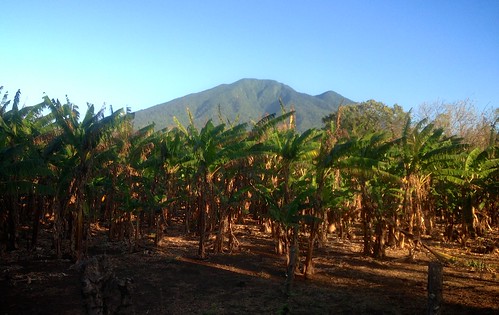
I thought long and hard before coming up with a goal. With better training, improved fitness, more ultra racing experience, and detailed course knowledge I estimated I had a realistic chance to run the challenging 50 Km course in 6 hours (significantly faster than the nearly 8 brutal hours it took last year). With last year’s 50K winner (and course record holder) signed up for the Survival Run, I figured a 6 hour time would probably be good enough for a top 3 finish, possibly even a win. Honestly, I didn’t care what place I finished, I just wanted to crush the course.
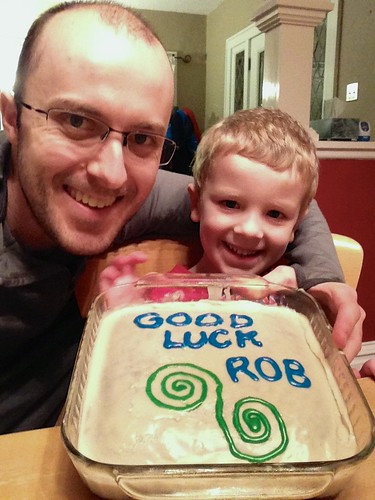
After hearing all about the race last year A group of five of my Buffalo running friends joined me in registering for Fuego y Agua this year. Unfortunately, our friend John didn’t actually make it to Nicaragua, as his son was tragically killed in a car accident days before he planned to leave. The rest of us were all thinking of John and his family throughout the trip, and we dedicated our races to them.
Travel


From three different starting points in the U.S. we all arrived in Managua at the same time. The next day we went sightseeing in Granada. The following day we made our way to Ometepe. As we were finishing a delicious lunch at the Cornerhouse in Moyogalpa two guys walked in the door and sat down at the table next to us. I immediately recognized them as elite runners Yassine Diboun and Nick Clark. I eventually worked up the courage to approach them. They were both very friendly. We briefly discussed 3 Non-Joggers (a bullshit running podcast on which Yassine is a frequent guest), Ometepe (where Melissa & I lived in 2006-2007), howler monkeys (which Melissa studied while we were there), Fuego y Agua (which I raced last year), Volcan Maderas, hydration, etc. A bit starstruck, it took me a while to process the fact that I had actually just given racing advice to a couple of the biggest names in the sport.
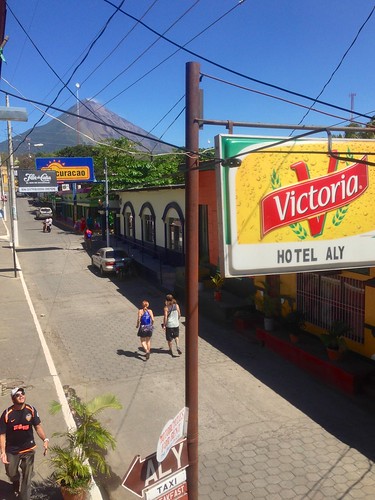
The rest of the Buffalo stayed in Moyogalpa while Melissa, Will, and I took the bus to our former home in Mérida to visit with friends on the island. While there I did a short run to scope out the new 50K finish line, which was unfortunately a full kilometer further down the road than last year. It’s not like the course was really that accurately measured to begin with. More distance, more rolling hills, more bad footing. I’ll deal with it.
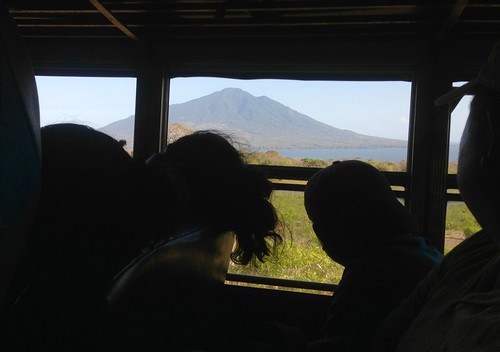

The next morning I took the bus back to Moyogalpa for packet pick up and the pre-race meeting. I arrived back to my hotel around 7pm. I got everything ready for the next morning, watched Unbreakable on my iPhone, and fell asleep around 9pm. Continuing my streak of 3 or fewer hours of sleep the night before an ultra I predictably woke up at midnight and laid in bed until my alarm went off at 3 AM.
Race
Just before the race began at 4 AM the organizers asked all of the Survival Run participants to move to the front, so I dropped back behind them… which was a mistake, because I immediately had to weave through them all as soon as the race began. By the time we left Moyogalpa I had caught up with the leaders and we turned onto the dusty dirt road.
The leaders.
Now, I know what you might be thinking. Rob, don’t you have a long history of starting races too fast and fading by the end?
Yes. Yes, I do.
But this was part of my plan. First, if I was going to run this course in 6 hours I would have to feel good and execute everything perfectly. I’ve done this before. Many times, in fact. I’ve also failed to execute perfectly a number of times. I was leaving no margin for error here. This was either going to be a spectacular success or a spectacular failure. Either way, I wanted the race to be spectacular. It was a huge gamble.
Second, how often does someone like me get a chance to run shoulder-to-shoulder with some of the top elite runners in the sport? I formed a lead pack with Dave James, Nick Clark, and Yassine Diboun.
Take a minute to let that sink in.
This was a once in a lifetime opportunity. We weren’t running super fast, maybe 7:15-7:30 pace. And these guys had 62 grueling miles ahead of them, whereas I had a measly 31. How hard could it be?
Last year’s race had reflective course markers for the early miles which were run in the dark. This year the course markers weren’t reflective and I didn’t see a single one of them. I remembered the course from last year. Well, I remembered it as well as you can remember a trail in the pitch black dark. Fortunately we were told there would be volunteers at every major intersection, and before we knew it we reached one. A local guy on a motorcycle sat there and instructed us to turn right. So we did.
Still no course markers to be seen. We eventually made it off the dirt path back onto the paved road. I immediately recognized this was not the place where we hit the paved road last year. So we were off the course, as was the chase group that caught up with us by this point. We made the left turn and we would eventually get back on course. Nobody had any idea where we went astray (I think the guy on the motorcycle was actually supposed to instruct us to turn left) or how far we ran out of the way (comparing my GPS data to last year’s data I computed we ran an extra ⅓ mile).

The blue path shows the course from last year, while the red path shows our detour
A few runners were pretty upset by the apparent lack of course markings, while others didn’t seemed bothered at all. At this point we were all in the same boat, so I wasn’t panicking yet. We picked up the pace for a few miles on the paved road. Amusingly, during this stretch one of the elite runners mistook me for Dave James. We were both running at the front, both with shaved heads, no shirt, and black shorts.
I made it in and out of the first aid station quickly. After the aid station the group splintered a bit. Dave James took off on his own. Nick Clark chased him, and I chased Nick. We went up a long gradual hill, then down a steeper one. At the bottom Nick made contact with Dave just as we reached a soft sandy beach, while I remained about 20 meters back.
The beach was tricky last year, because the turn off the beach was hard to see (even when it had a reflective marking). Half the field missed the turn last year. I had barely seen the marker just in time. This year I ran with my head turned sideways so my 500 lumen headlamp could illuminate the area. I really didn’t want to miss that marker. It was the only remaining place on the course I wasn’t 100% sure about. We ran and ran and I saw nothing. We ran and ran and I saw nothing. I had a horrible feeling in my gut that we missed the turn and would have to backtrack. Eventually the beach came to a dead end at a forest. We missed it.
We ran into a couple of locals on horseback and we stopped to ask them for directions. We had a hard time communicating, but it was clear the path to Ojo de Agua was further back on the beach. But where? Eventually one of the locals turned around and lead us to it. All the while we were running into more and more people who missed the turn and now had to backtrack with us. Once we found the trail I looked around for the markers and I still didn’t see any. But at least I recognized the trail.

The time we lost felt like an eternity, but was actually about 16 minutes. We ran 1.2 miles out of the way and we stood around for a while. Dave was pissed and took his fury out on the trail by picking up the pace to catch back up with the few who miraculously found the turn. Nick seemed to take the minor setback in stride, though he matched Dave’s acceleration. I, on the other hand, was pretty devastated by the way events were unfolding. I left zero margin for error, and after 11 miles of running I had gone off course twice, lost 20 minutes, and wasted energy I couldn’t afford to waste. Now Dave and Nick have pulled away from me for good, and I’m being caught and passed by runners who had been running a minute per mile slower than me and who were a hell of a lot less tired.
Ultra running is as much mental as it is physical, and I was struggling. I slid into a very dark place, where I would remain in purgatory for hours. I wanted to drop out of the race at the Ojo de Agua aid station at mile 15, but I knew Melissa was waiting for me at the next aid station. So I decided to at least go that far. Physically, I was doing okay. My pace felt like that of a crawl, though in reality I was still ticking off 8:30 miles.

Looking like death warmed over
Just before the start of the climb up Maderas I saw Melissa. I explained everything that had happened and how upset I was about it all. She told me what I needed to hear to keep going. So I did. I wasn’t looking forward to it, but I was going to climb Maderas anyway. From the aid station I walked the entire thing. At first I was hiking quickly, covering the first mile in 20 minutes. Fatigue set in after about 1000 ft of climbing. Between 1000 ft and 3000 ft I was barely moving, clocking two 45 minute miles on the steep ascent. As bad as things were I was still doing better than last year.

I was eating, drinking, and taking electrolyte pills the whole time, but for some strange reason the gel I ate at 3000 ft completely snapped me out of my funk. It was like a switch had been flipped and I was a whole new person. The last 1000 ft of climbing were almost effortless. Before I knew it was descending into the crater, chugging water at the aid station, and climbing back out again.
The early parts of the descent through the jungle gym were slow, but I picked up speed the further I descended. I started to have some pain in my right knee (my good knee) so I wasn’t hammering it as fast as possible, but I was making good progress. Finally I exited the forest and I was able to run at a pretty good clip down the rest of the rocky trail, before making it out to the road, and on to the finish line. Melissa and Will were waiting there for me, and I was very glad to be done.

I finished in 7h20m, 35 minutes faster than last year. My time from the start to the base of the climb was the same as last year (I ran faster, but significantly farther too). My time up Maderas was 35 minutes faster. My time down Maderas was the same. The race did not go how I wanted it to go, but it was another good learning experience.

Back to life
My fellow Buffalo Jen was the 3rd place female in the 50K. She came in with a huge smile on her face and described the Maderas climb and descent as the most fun she’s had in ages. And then it hit me. I couldn’t have described my experience as fun. And that’s where I really blew it–not in starting too fast, not in missing turns and losing time–but in taking this amateur athletic competition just a bit too seriously and not enjoying it as fully as I could have. There’s no reason I had to go to that dark place when things went wrong. I was reminded of that again while reading Nick Clark’s race report:
Getting off course has become such a regular occurrence in my racing history that I’m barely phased by the turn of events. I’m running through a banana plantation on a volcanic island in a country that I’ve never visited before: life is pretty damn good and by crickey I’ve got all day to catch back up to those that passed through while we were wandering around on the beach.
This was the first time I had ever gone off course like that in a race. Nick was next to me the whole time for both of the missed turns. He went on to win the 100K with a new course record. I choked.
I was sorely disappointed after the race. But I’ve had a few days to put it in perspective and I’m over it. The race wasn’t all bad.
-
I ran very strong in the early miles, and I did it fairly comfortably.
-
Not only did I get the chance to meet and talk to elite runners I’ve read about for years, but I actually got the chance to run with them for 11 miles.
-
I never had the horrible cramping problems I encountered last year.
-
I wasn’t thrilled with my ascent of Maderas, but it was still significantly faster than last year.
-
Though not as high as I hoped, I still managed to squeak out a top ten placing in the 50K.
-
I’ll be better prepared mentally if I every find myself sliding into such a dark place in future races.
-
We had a great Buffalo road trip, with everyone finishing their races (Don in the 25K, Rob, Jen, Judy in the 50K, Brian in the 100K).
